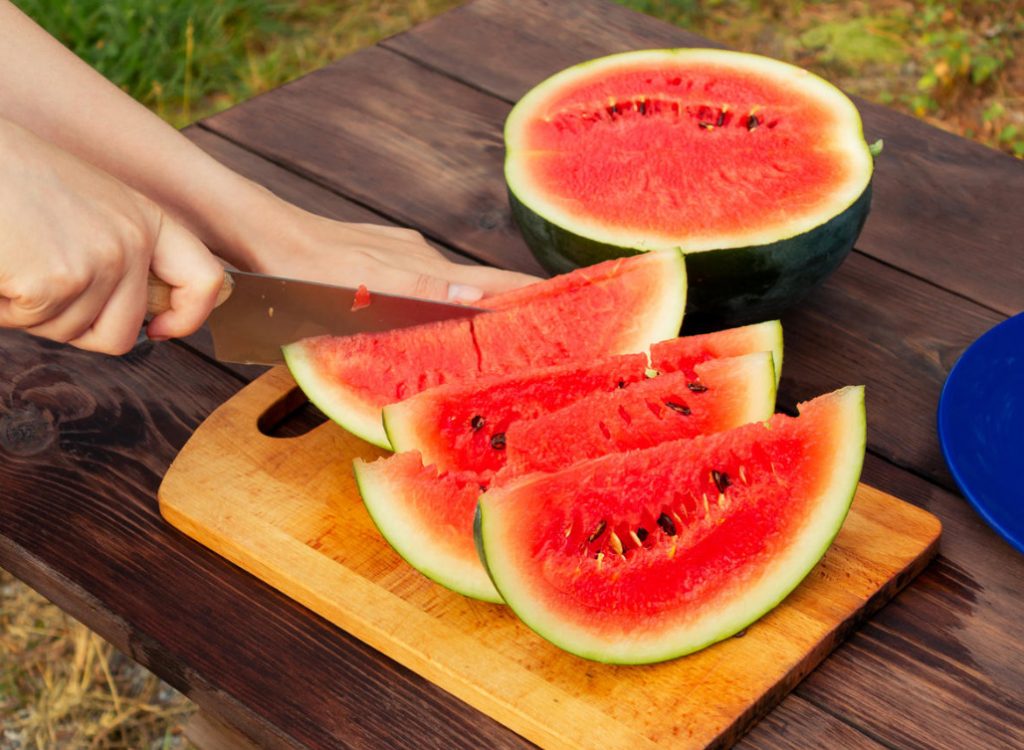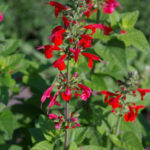It is known that you can successfully grow delicious watermelons not only in the South of our country, but also in more Northern regions. Breeders bred precocious varieties of this crop allowed with fairly simple agricultural techniques to get good yields in the middle zone.
Although the weather conditions are quite severe, it is still possible to grow watermelons in a dacha garden in the open ground. Despite very cold winters, as well as returning spring frosts that last until the second decade of June, the summer is usually hot enough for watermelons (and even melons!) they had time to grow and fully Mature.
Of course, you have to use precocious varieties. Also, getting a good crop of melons has a great influence on the correct formation of plants. Excess lashes should be removed — and only the largest ovary should be left. Watermelons have a very branched root system. No wonder experienced gardeners say: “Where takes out a whip, and back to the roots”. In addition, the roots are easily damaged, so you need to try to tread less on your mini-melon.
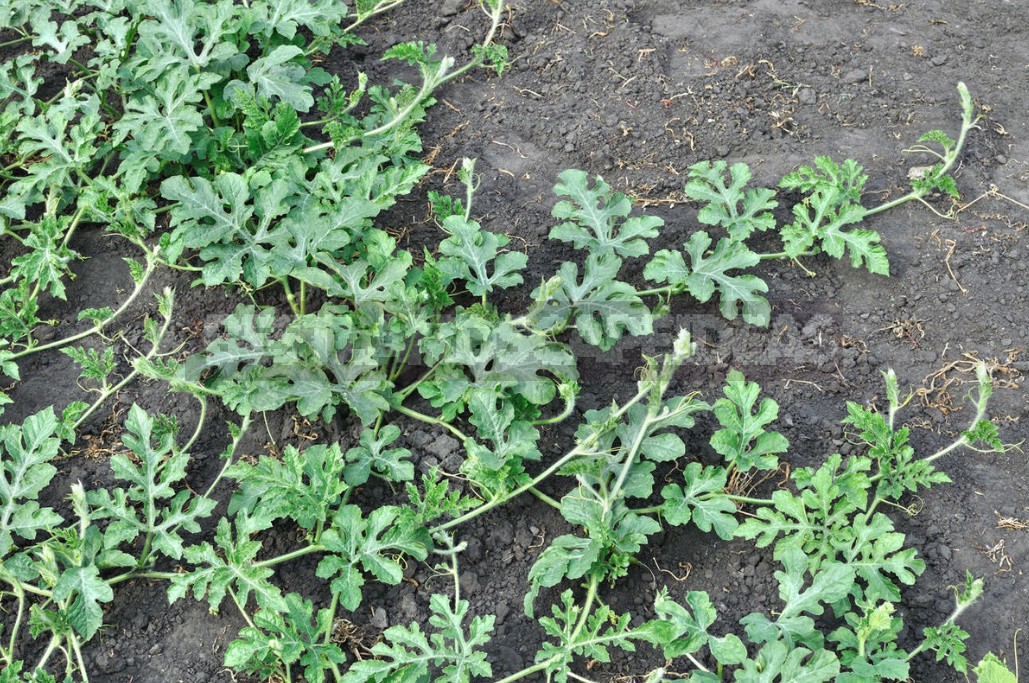
Forming
There are many descriptions of how to form a watermelon plant: which lashes to pinch and when to remove them. However, in order to simplify the whole process, and not to understand the intricacies of the main stems, side shoots, etc., you can conduct the formation of watermelons in a slightly different way. “I grow watermelons in holes, usually 1-2 bushes in each. Due to the lack of space in my small suburban garden (4 acres), I leave a space of about 3×3 m for one plant. It’s a little cramped, but there are enough watermelons.”
The formation is easy to carry out. First, those whips that with rapid growth go beyond the designated place for watermelons, just pinch at the ends. Secondly (and this is the most important thing!), when the ovaries reach the size of a small Apple (5-7 cm in diameter), you need to select and leave on each plant no more than 6 of the largest and healthiest specimens, and no more than 2 fruits on one lash. On the selected shoots after the last ovary, leave 3-4 leaves, above-pinch. Then all the extra layering with unnecessary ovaries is carefully cut off with scissors from the main plant.
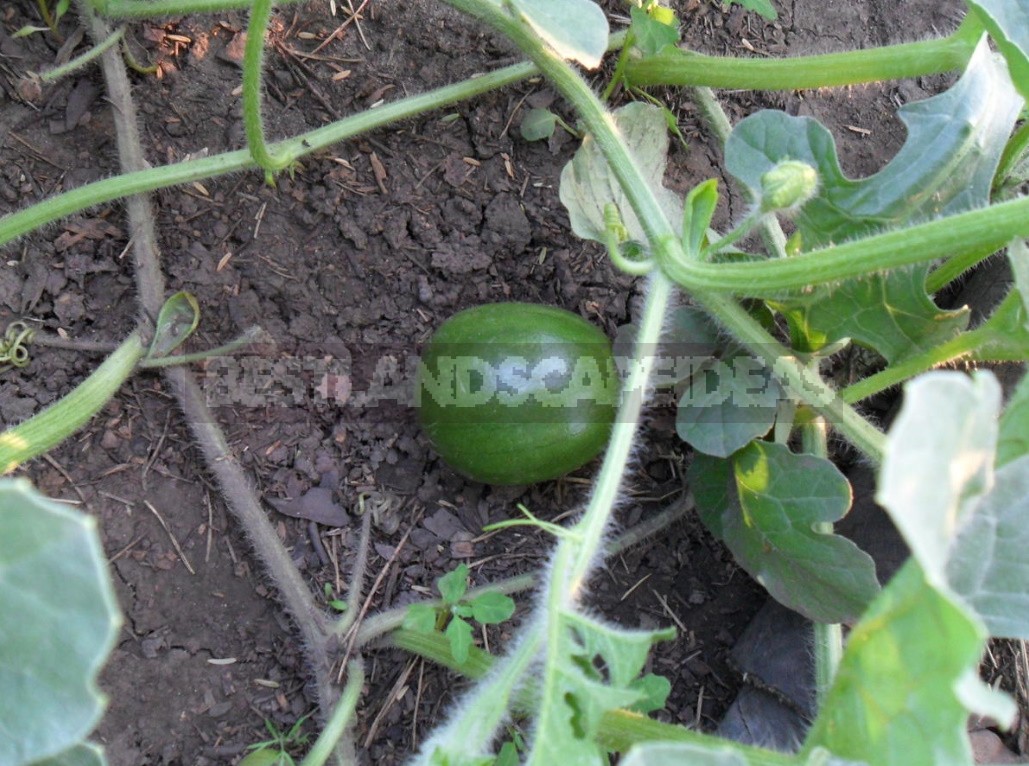
By this time, watermelons usually have time to build up a fairly powerful green mass, and it becomes quite difficult to remove the cut lashes from the melons, since they have time to intertwine their tendrils with each other. Therefore, in order not to damage anything valuable, all unnecessary shoots can be left directly on the melon. If you carry out this procedure on a nice Sunny day, then the cut parts of the lashes quickly dry out, and no rot is formed. To put it in the compost is only the extra large the ovary the fruit.
The most important thing with such pruning is not to hurry and work carefully, so as not to mistakenly cut off the lash selected for fruiting and thereby deprive yourself of part of the crop. But everything else is very simple. As a result, one watermelon plant is left with 2-3 lashes, each of which 1-2 fruits feel at ease.
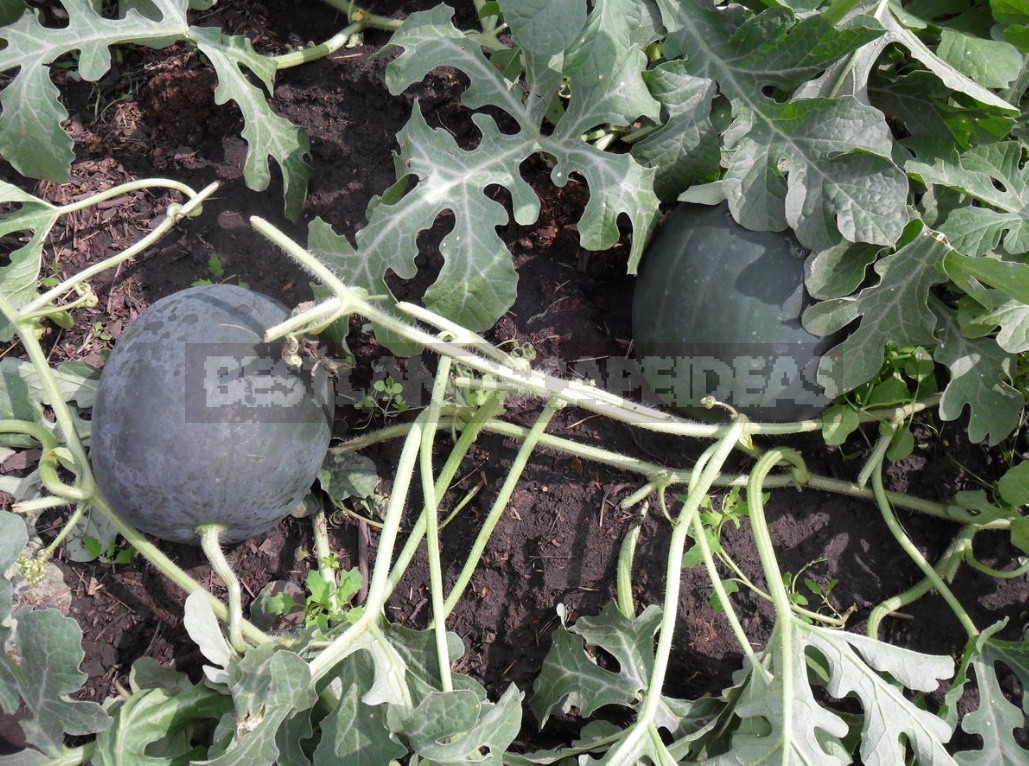
This pruning scheme should be followed, of course, very approximately depending on how well developed the watermelon plant is and how many lashes and ovaries it has. However, there is a General rule: 1 plant should Mature from 3 to 6 watermelons. By the way, it makes sense to conduct the formation of melons in the same way, but since the fruits of this culture are smaller, you can leave up to 3 ovaries on each lash. Experience shows that this is the best option in cold conditions.
Maturation
The ovaries of watermelons after pruning actively begin to gain weight, and by the end of the season, the fruits are fully ripe. Sometimes some of them reach a weight of 8-9 kg. Given the difficult conditions, this result is very good.
By the end of August, watermelons in the open ground begin to ripen, and the question arises when to pluck them. On the one hand, you want to try watermelons earlier, but on the other — there is a risk that they are not fully ripe yet. Of course, the fruit will not be lost, in this case it can be salted. But I want, after all, are ripe, sugar melon! Last season, the bulk of the fruit grew to 3-5 kg, and one of the largest pulled 7.5 kg.
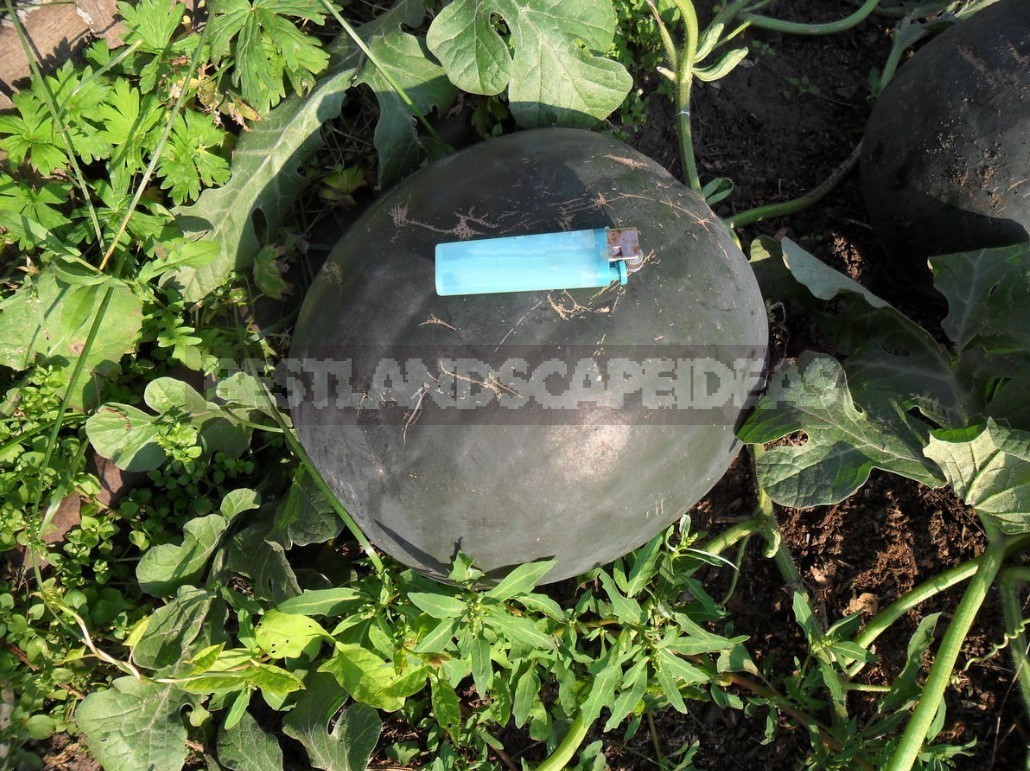
The taste of ripe watermelons with their melons is simply excellent! They grow without any chemistry, and the red juicy sugar slices just melt in your mouth! After all, this wonderful plant — watermelon!
On August 26, the first watermelon of the season was plucked. There was no choice here: one of the two varieties growing on the melon fruit by this time had already fully formed, and the shoots began to dry out. The watermelon with the lash completely dried up was chosen. And, without delaying the matter in a long box, immediately began to taste it-cut. The fruit was ripe, rich red color, the taste also did not disappoint! It’s a pity that it was too small — only 3.6 kg. But other fruits by the end of August were also almost ready, only about a dozen. Enough for a long time!
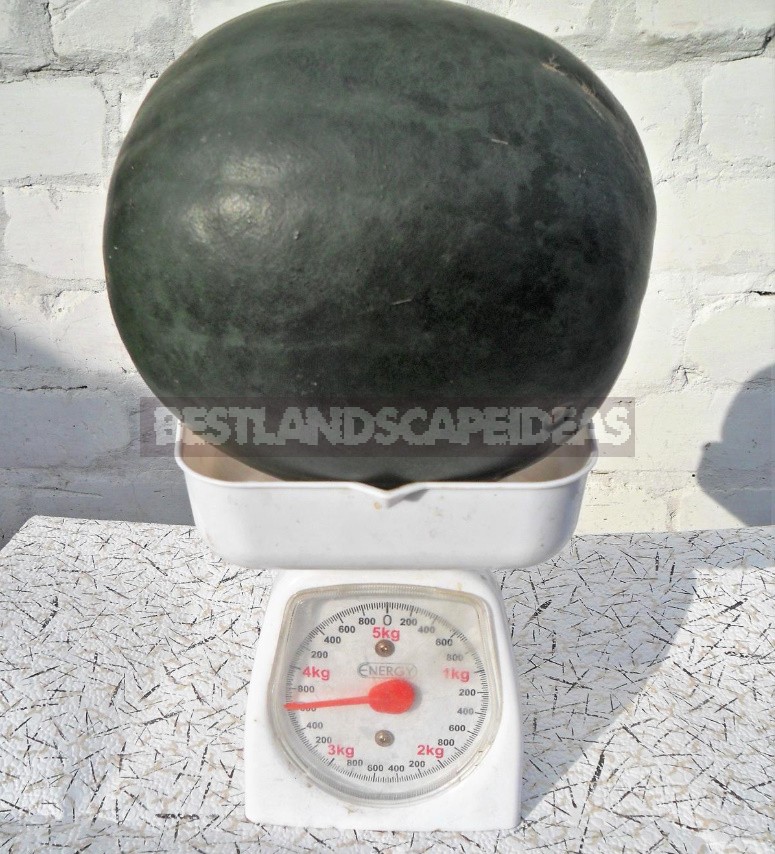
Growing watermelons is a simple matter. The most important thing is to choose the right variety and make the formation in time, without being particularly greedy. You will see how good the ripe watermelons are with their melons, and you will plant them then every year. Don’t forget to collect the seeds!
